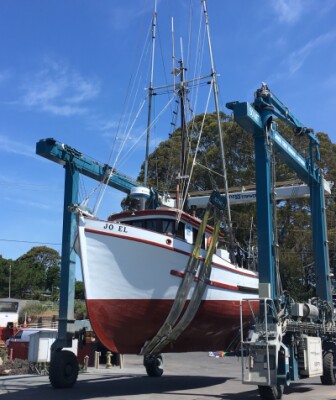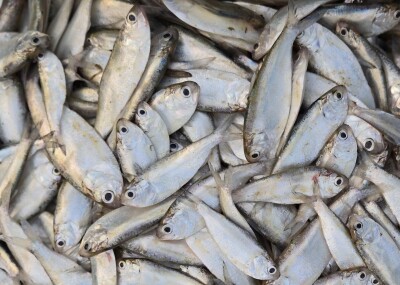The state of Maine, famously known for its lobster, is exploring a new frontier – seaweed.
Seaweed, a previously untapped resource, flourishes in the cold water in the Gulf of Maine and is starting to gain traction as a new valuable harvest. The industry doubled in size from 2007 to 2013 and was valued at $20 million in 2013. While there are over two-hundred and fifty species of seaweed in Maine, the most commonly collected species of seaweed is rockweed, which is used for fertilizer, animal feed, a food thickening agent, and nutritional supplements. A few companies, however, are trying to take it further, and market seaweed as a source of food.
Maine provides approximately ten harvestable and cultivatable seaweed species, including dulse, kelp, alaria, laver, sea lettuce, bladderwrack, and Irish moss. In 2006, Maine replaced California as the top producer of seaweed in the United States. In 2014, through a combination of harvesting and aquaculture, the state of Maine produced over 17.7 million pounds of seaweed.
Read the full story at Talking Fish >>
Read more about seaweed >>






